Next to ourselves, the automobile we drive is the most visible display of who we wish to show to the world, and in car-centric societies, vast money has always been spent on prestige automobiles. From the time the first license plates were issued, the most desirable have been fashion accessories, but with the advent of personalized plates, they have become a potent statement of individuality, a gold chip investment, and a lucrative revenue stream for government.
The world is changing fast, and the rise of Facebook in particular and social media in general has transformed the global marketplace. Mirroring the growth of social media for not entirely coincidental reasons has been the rise of the personalized number plate.

The U.K. Government's DVLA (Driver and Vehicle Licensing Agency) began issuing personalized registrations in 1989, selling registration "A1" for £160,000 (US$195,000) at a Christie's auction on the first day.
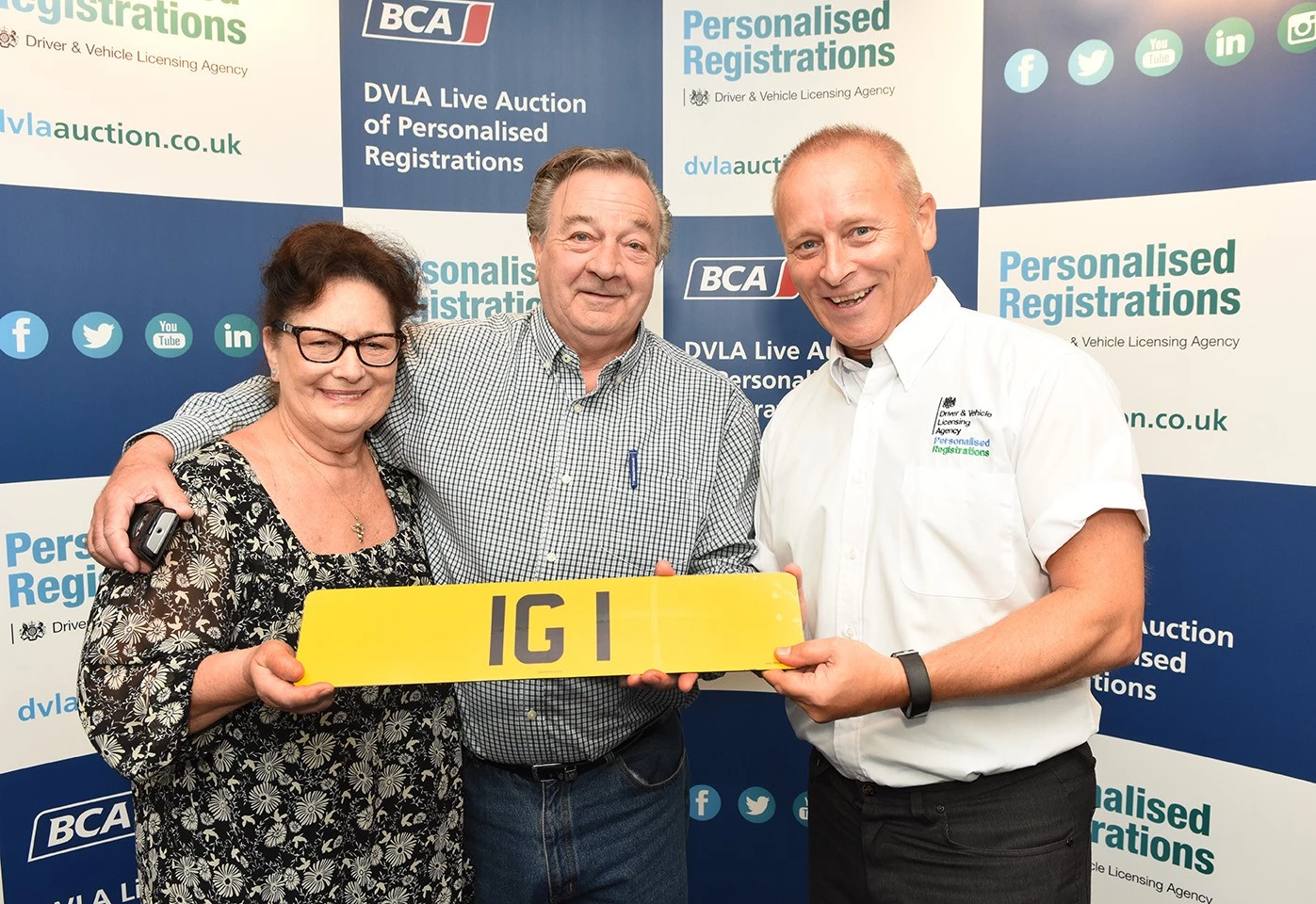
People were slow to catch on at first, with just 658 personalized registrations sold in the first year, and 26,000 in the second year. Things have grown rapidly since then, with 5.9 million personalized plates sold over 30 years, and revenues of £2 billion (US$2.5 billion) going straight into Treasury coffers. The 2018-2019 financial year saw a record 404,000 personalized plates sold in the United Kingdom ... and minting number plates is one way of printing money that doesn't harm the economy.
The average price paid for a vanity plate at one of the DVLA's timed auctions is £877 (US$1,070), and for live auctions, where the more valuable plates are sold, the average purchase price is £3,225 (US$3,925).
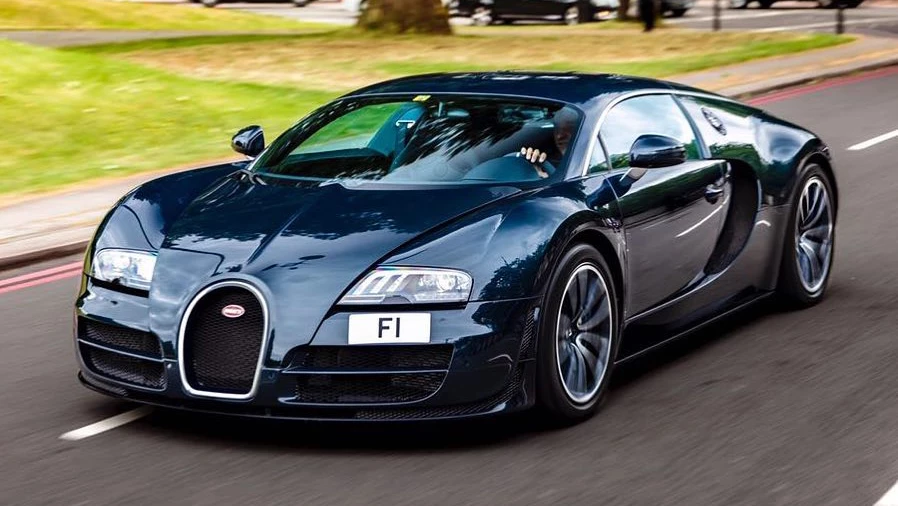
The United Kingdom number plate marketplace has several very prominent traders, with the most prominent being automotive designer, Afzal Kahn. Kahn purchased his signature F1 number plate in 2008 for £440,000 (US$535,500), and newspaper articles have been speculating about when he'll sell it ever since. That's Afzal in his Bugatti Veyron above.
Afzal has made it clear that the plate is always for sale if you have the right amount of money, but no-one has stumped up his asking price.
Last year the F1 plate was listed for sale on regtransfers.co.uk for £12,009,995 (US$16,924,800) meaning the final buy price with VAT would have been in excess of US$20 million.
Remarkably, though it currently sits on Kahn's Bugatti Veyron, and will probably be worn by a McLaren F1 if it ever sells, the eventual buy price of the F1 plate will likely be worth more than the landmark car that wears it. The immutable laws of supply and demand still apply! There's only one F1 plate, and there are over 100 McLaren F1 cars.
The last F1 car to sell at auction went for $15,620,000 at Bonhams' Quail Lodge (Monterey) Auction in 2017, almost double the price of the previous F1 to sell, which fetched $8,470,000 at Gooding & Company's official Pebble Beach auction in 2013. There's a special F1 for sale at Monterey this year, expected to fetch more than $20 million.
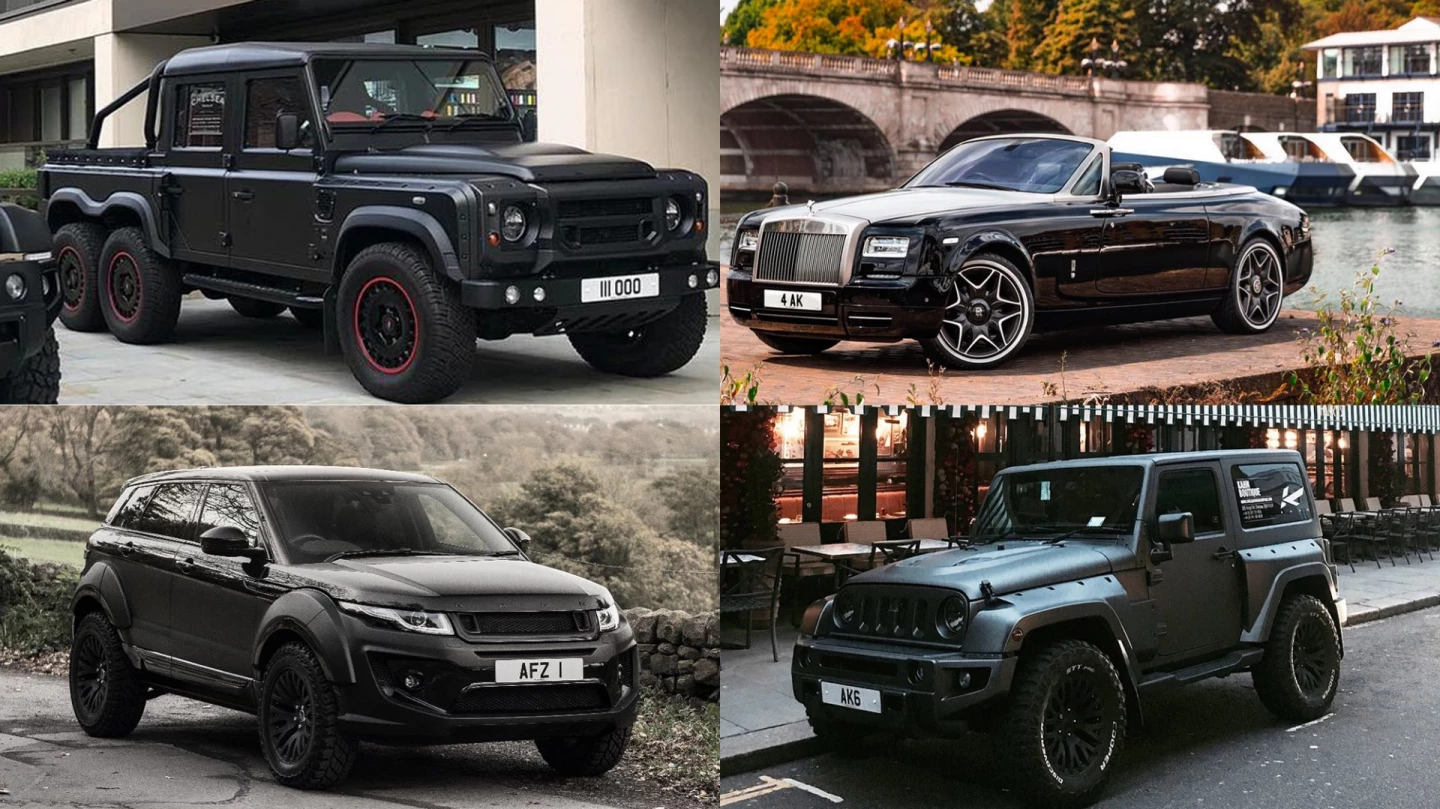
Kahn's empire is built on personalizing elite prestige cars. If he'd been born 50 years earlier, Kahn Design might have been in competition with Figoni et Falaschi or Jacques Saoutchik. Many of Kahn's designs are seen around London wearing one of his many personalized plates. As an established automotive fashion first mover, his long term strategic investment in high value plates cannot be ignored. He's now even set up his own trading page for his number plate sales.
Similarly, Talacrest founder John Collins has purchased many personalized plates. He's the go-to guy if you're in the market for a Ferrari 250 GTO or similar, and he too seems to think number plates are an appreciating asset as he regularly picks up the most useful ones when they appear. That's a Ferrari 250 GT/L "Lusso" wearing one of John's plates.
... but the United Arab Emirates does it better
In the United Arab Emirates, personalized number plates are much bigger business, with the Emirates' Roads and Transport Authority's (RTA) auctions netting far greater sums than any other country for the sale of its registration plates.
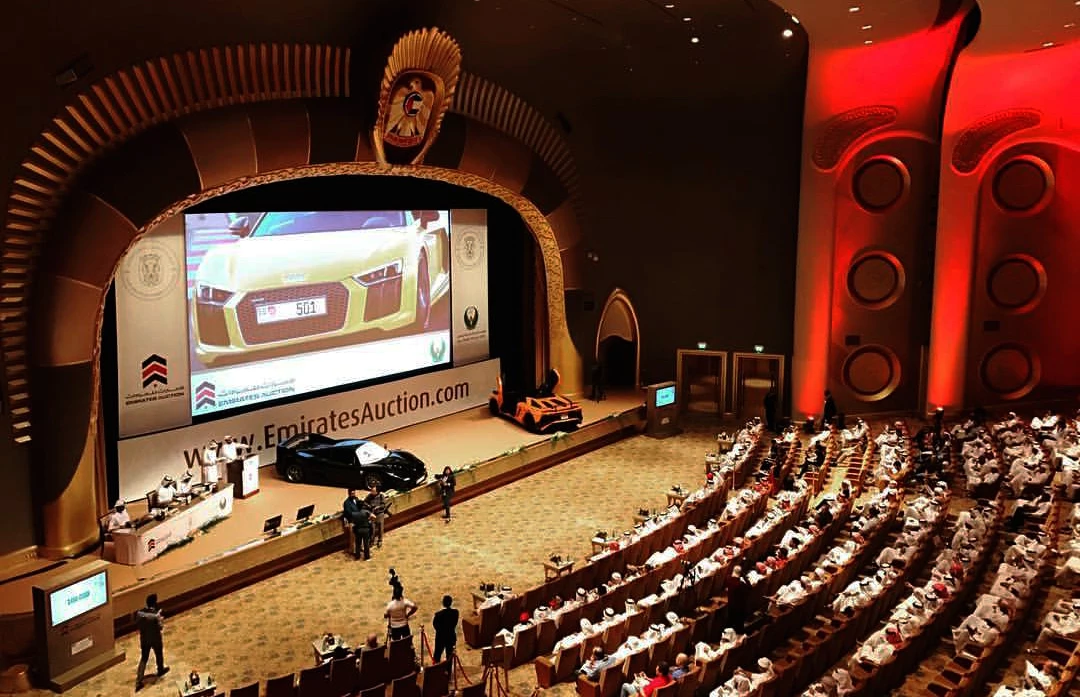
In 2008, 25-year-old Saeed Abdul Ghafour Khouri made global news when he paid a world-record Dh52.2 million (US$14.214 million) for the Abu Dhabi licence plate "1." That price was not a significant outlier in the massive UAE marketplace, which is already an order of magnitude greater than any other country.
The entrepreneurial Khouri collects number plates and has a collection second to none, all of them costing more than the cars on which they are displayed, and all of those cars are worth more than a Manhattan apartment.
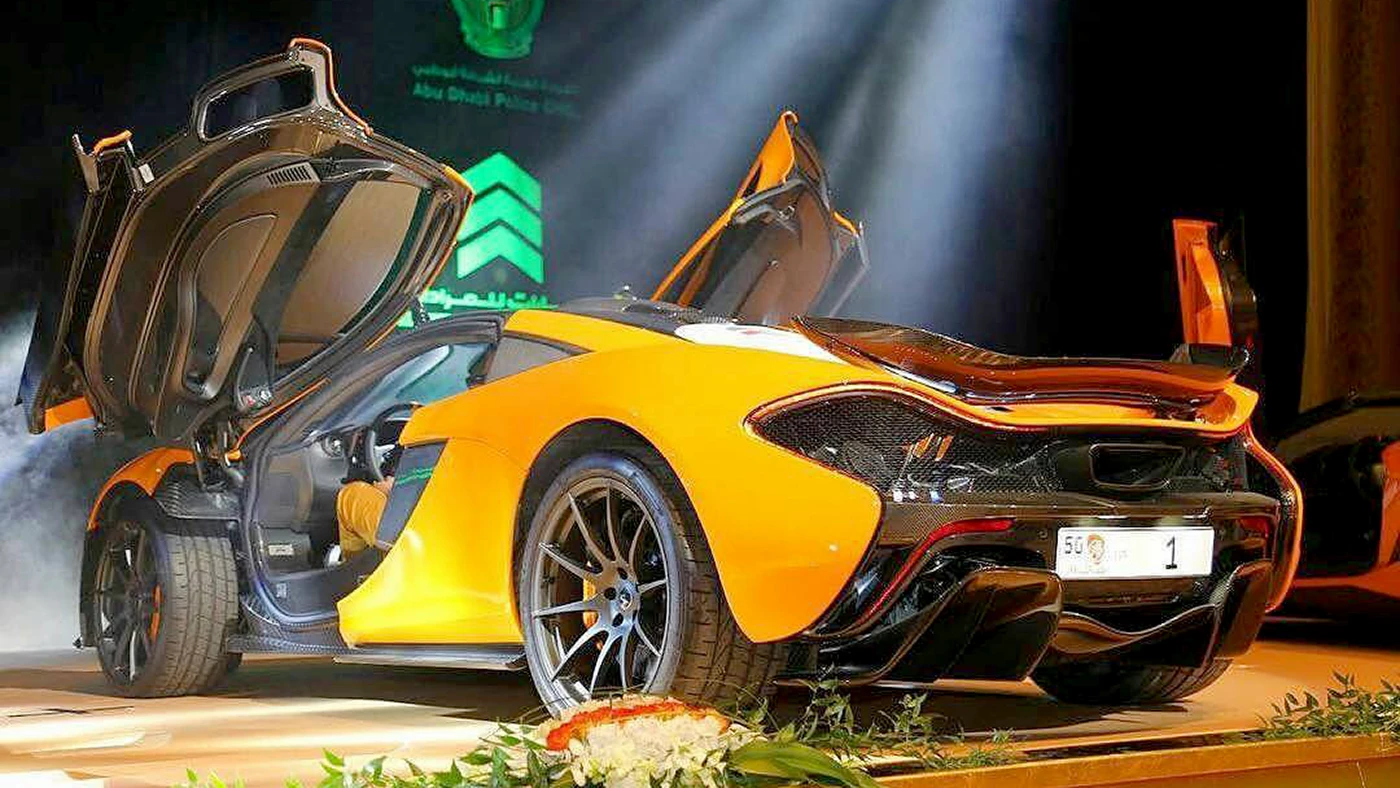
Vehicle registration plates in the UAE regularly sell for more than $1,000,000. Prior to Khouri purchasing the $14.2-million plate, the record price in the UAE was a healthy US$6.865 million paid for "5". In April 2008, when "6" sold for Dh15.3 million, the residents of Abu Dhabi held the four most expensive car number plates in the world.We don't have all the numbers on this, but it's most likely that the UAE has sold more than 90 percent of the top 100 most expensive number plates in the world.
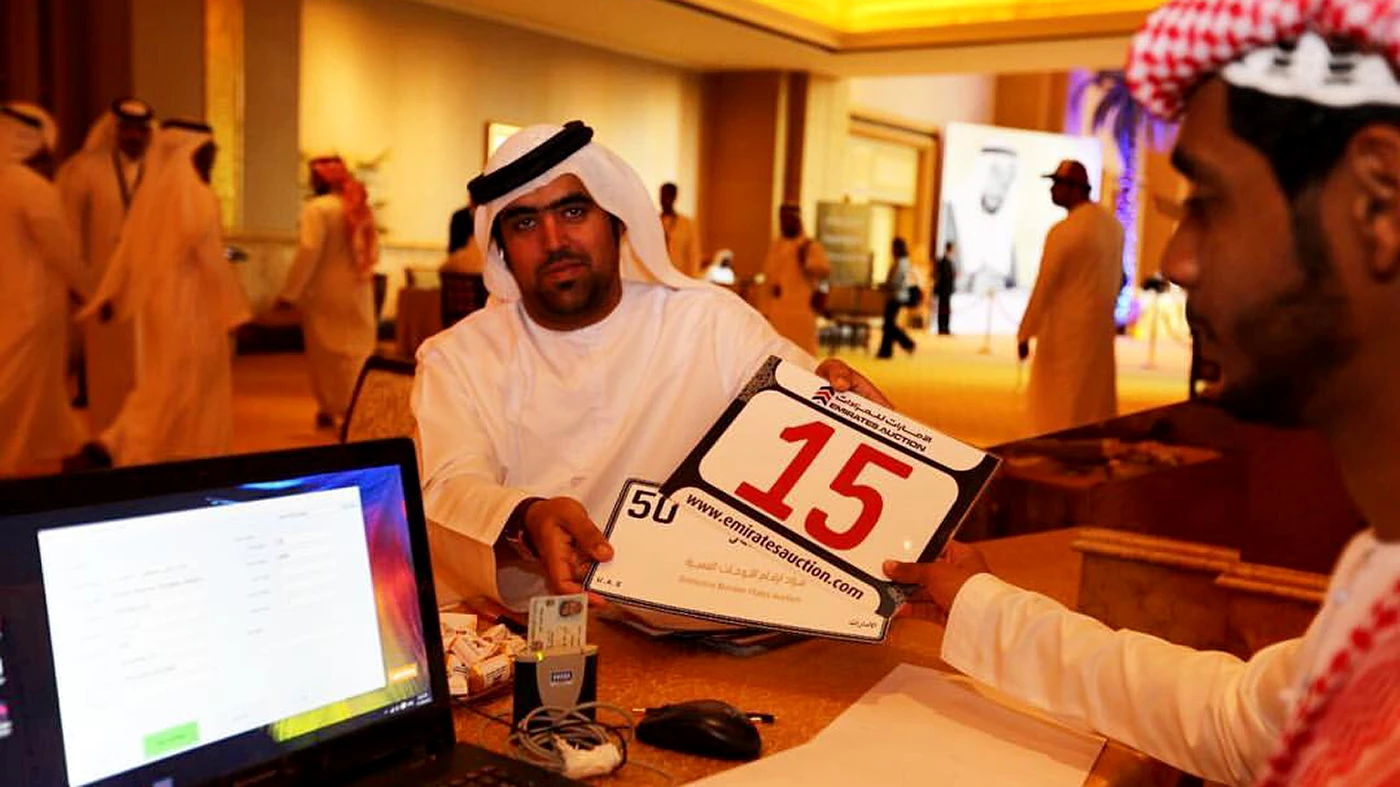
In nearby Sharjah, the licence plate "1" sold for Dh18.0 million (US$4.9 million) in June, 2016, and a new commemorative issue of Abu Dhabi plates spawned a second "1" that fetched Dh31.0 million (US$8.44 million) in June, 2016. There are now two "1" plates getting about, and there's no reason they can't make a third and a fourth, because the plates can now be produced in full color, and just as it is the government's prerogative as to how much money is printed, so too is the number of registration plates.

The Dubai Roads and Transport Authority (RTA) recently opened a robotic number plate manufacturing facility that receives its orders directly from the e-Licensing System and can print 33,000 plates a day, replacing the old system which could produce just 3,000 plates a day. Obviously, the UAE Government is intent on pursuing this marketplace.
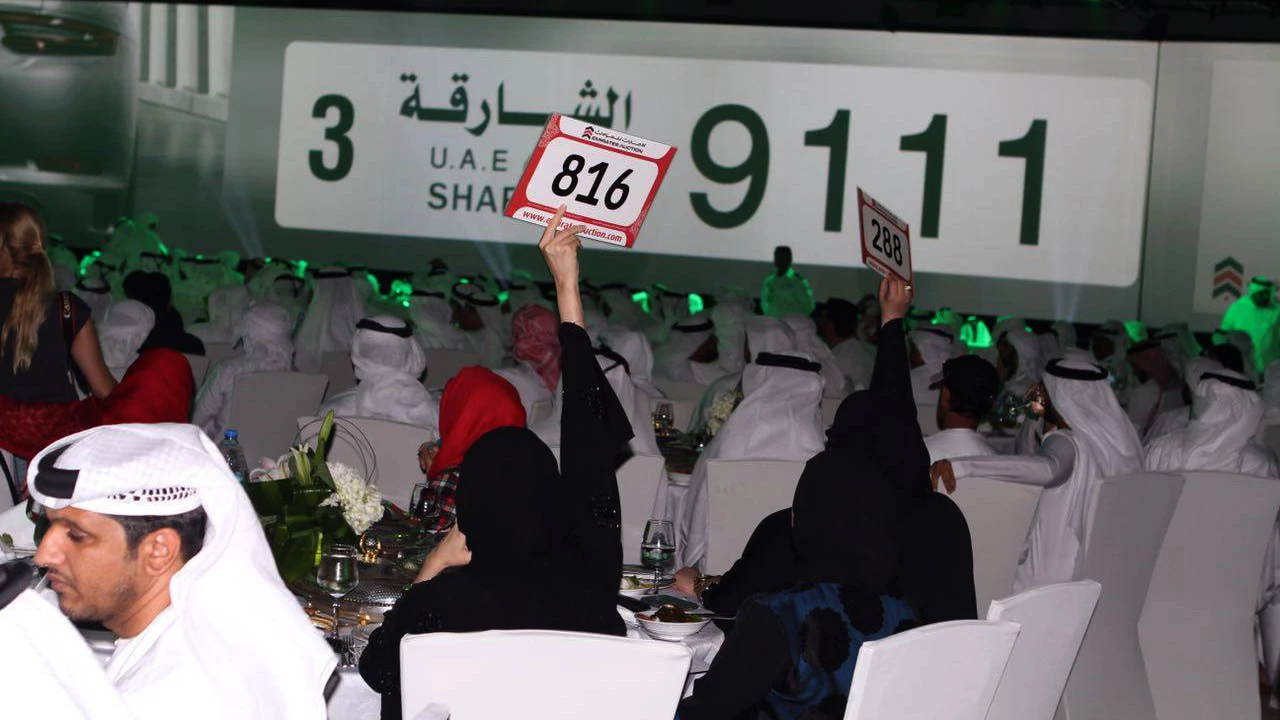
The auction marketplace in the UAE is accordingly very sophisticated, with regular well-publicized auctions, and digital advertising promoting the upcoming number plates to be auctioned.
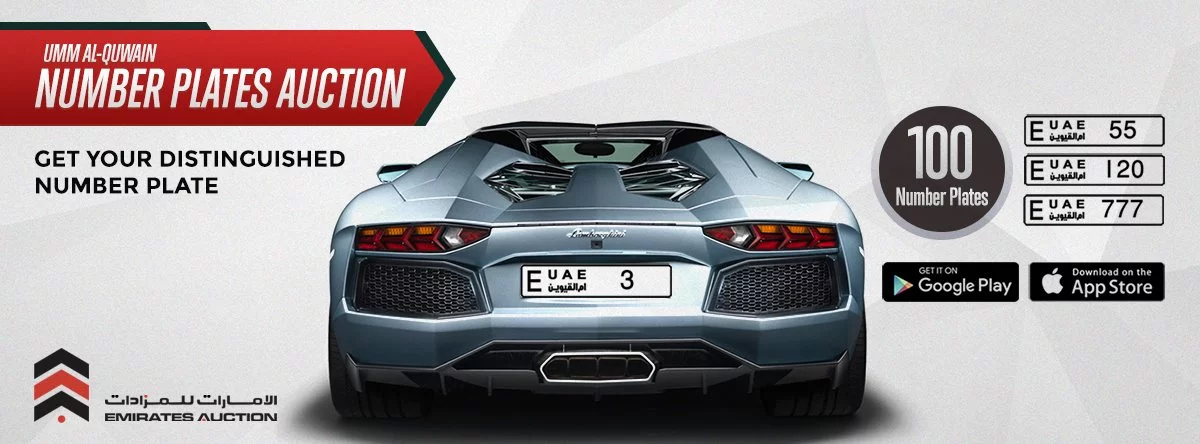
Unlike other countries, where the revenue generated from plate sales helps the government balance the books, in the UAE the revenue is directed to healing road trauma.
As a revenue raiser for government, personalized number plates have many advantages. Many governments around the world are addicted to tobacco, alcohol and gambling "sin taxes", which have been proven to be of little value as a deterrent.
"Sin taxes" serve little purpose other than revenue raising, and they target "at risk" members of the community while the sale of personalized number plates does not.
Australia's robust heritage and personalized plate market
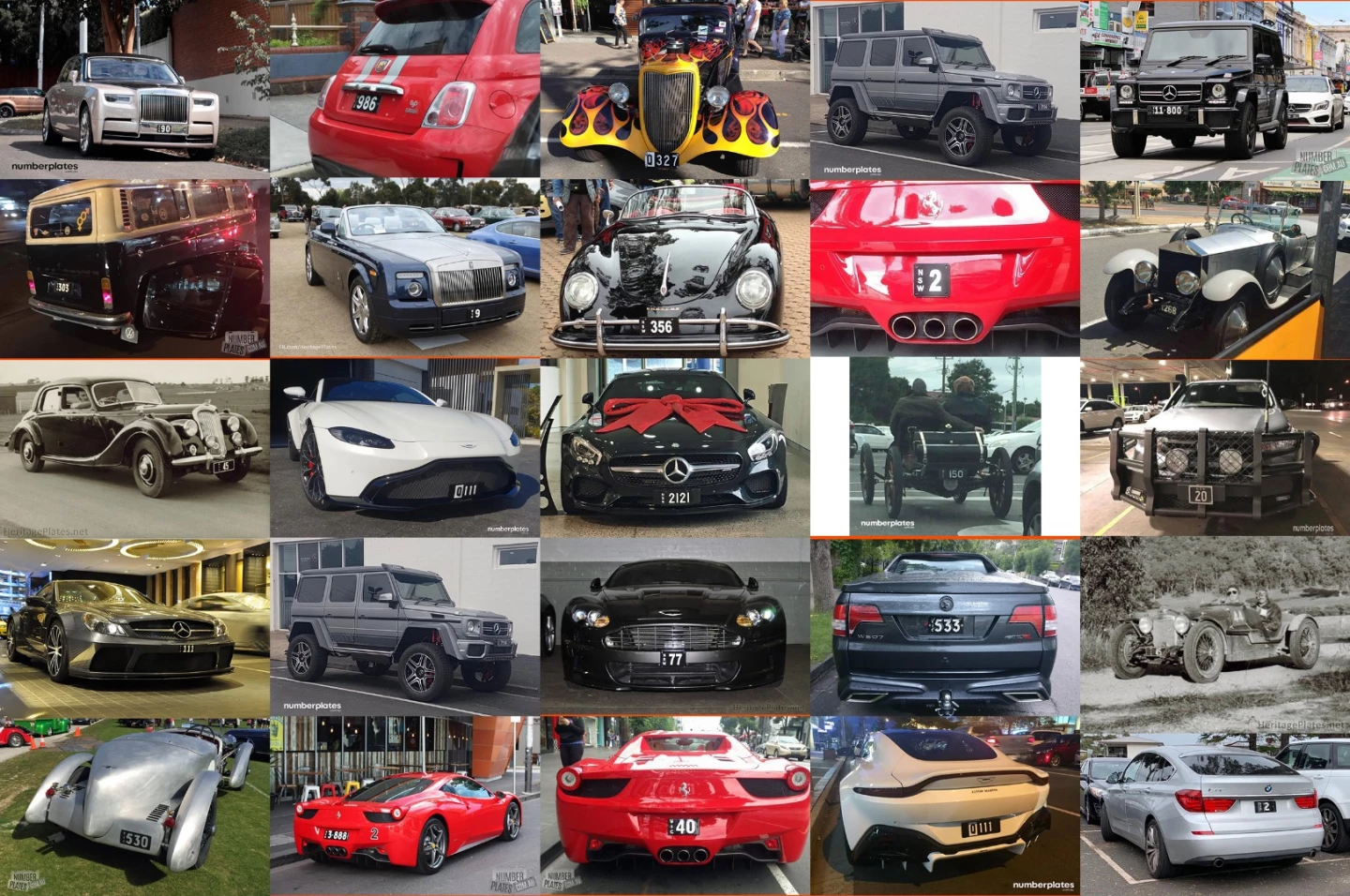
Heritage and personalized number plates are a booming business in the land down under too. Australia has one of the highest per capita vehicle ownership rates in the world, and the one-, two- and three-digit number plates first issued after 1910 are now highly sought after in car-centric Australian society. Number plates do not attract Capital Gains Tax in Australia, and the amount of wealth parked in registration plates in Australia is immense.

The record Australian price paid for a number plate is now AUD$2,572,500 (US$2,046,653 based on exchange rates on the day of sale), set by Shannon's Auctions in August, 2017. That price was fetched by the New South Wales registration "4", and was paid by Chinese-Australian entrepreneur Peter Tseng, another investor in number plates with a strong track record. Tseng also owns the No. 1 Hong Kong number plate and the New South Wales personalized licence plate "ONE."

That compares favourably with the highest price ever paid for a registration plate in the United Kingdom of GBP£518,000 (US$812,000), fetched by the plate "25O" in November 2014. That plate was purchased by John Collins of Talacrest.
The world's most expensive motorcycle plate
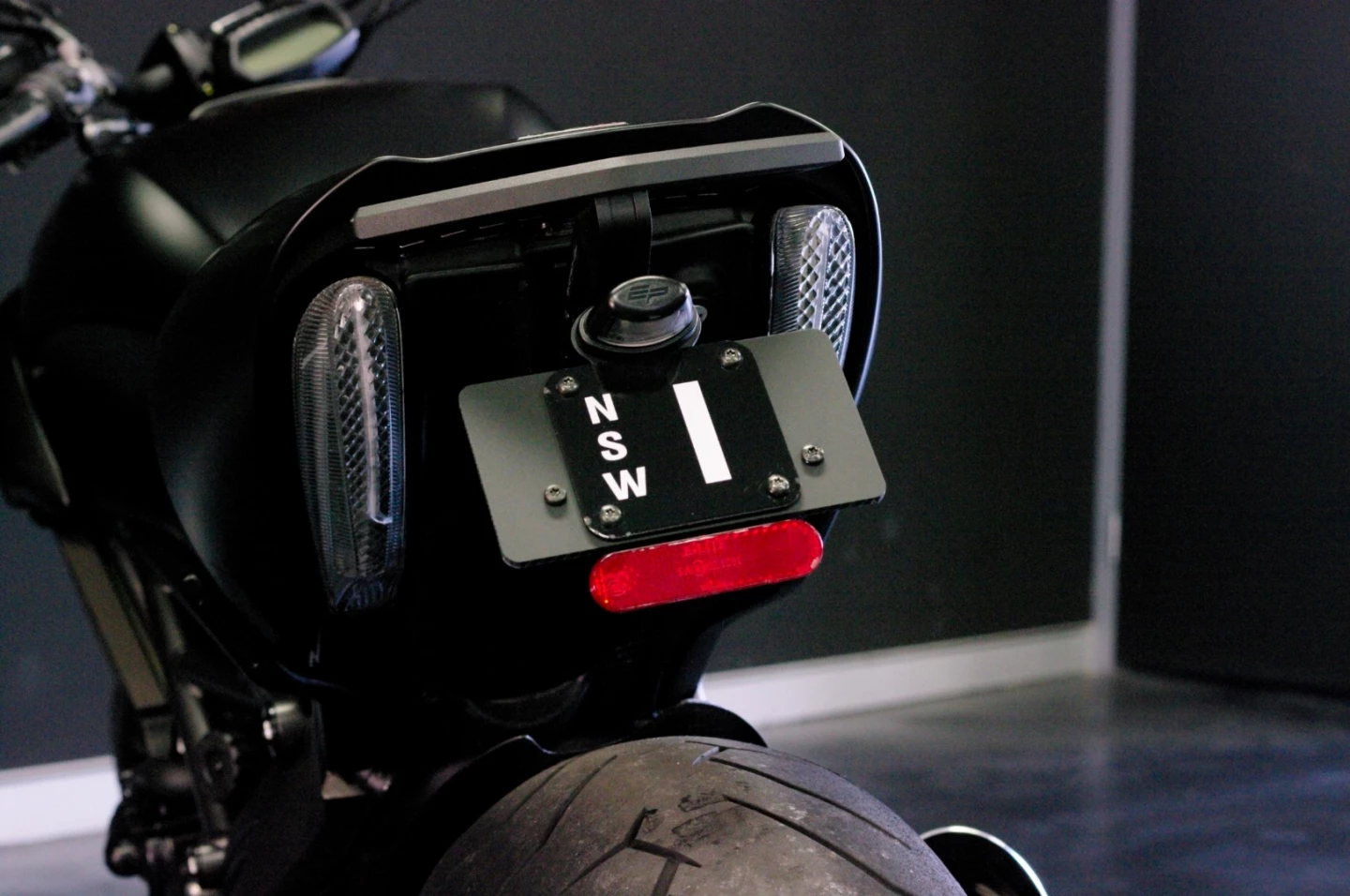
The most expensive motorcycle number plate in the world was recently sold by Steven Hantos of NumberPlates.com.au. Advertised for a price between AUD$500,000 and $1,000,000 (US$350,000 to $700,000), the sale price and buyer of NSW registration plate "1" remain confidential, but Hantos has confirmed that the final price fell within the guidelines.
In conclusion
If your Government is not auctioning personalized number plates, you are paying too much tax. Offering a personalized number plate sales system hurts no-one, extracts the most value for the common good, offers the market exactly what it wants, and provides a lucrative revenue stream for the government. What's more, it targets a segment of the population that can afford to pay, and will happily pick up the tab ... and road trauma victims, the people who pay the greatest price, might get a bit of extra help if there's more available at budget time.













